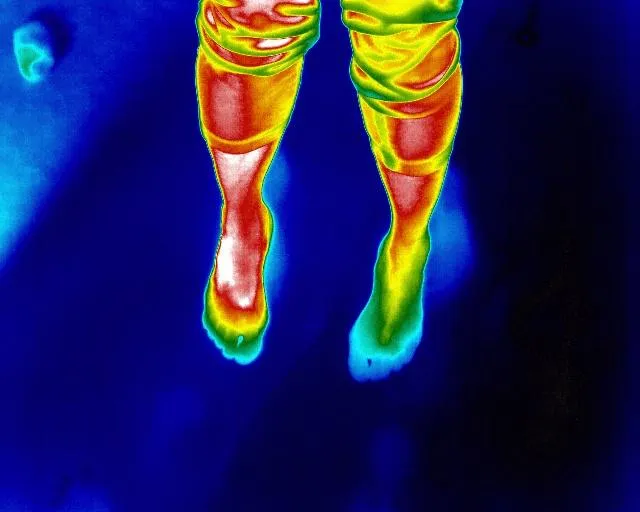

904-675-1102
Call or Text us
Brief History
Shockwave therapy, originally developed in the 1980s to disintegrate kidney stones non-invasively, has evolved into a versatile treatment for various musculoskeletal conditions. Over time, its applications expanded, with researchers exploring its therapeutic potential beyond urology.
In the early years, shockwave therapy showed promising results in treating conditions like plantar fasciitis and tendinopathies. As understanding grew, advancements in technology led to the development of focused shockwave systems, allowing precise targeting of affected areas.
During the 2000s, shockwave therapy gained popularity in sports medicine for treating athletes' injuries, such as tendonitis and stress fractures. Its non-invasive nature and effectiveness in stimulating tissue regeneration appealed to both professional athletes and weekend warriors seeking faster recovery.
As research progressed, shockwave therapy demonstrated positive outcomes in other fields, including orthopedics, rehabilitation, and pain management. It became a sought-after alternative to surgery or medication, delivering successful outcomes in conditions like osteoarthritis and chronic pain.
Today, shockwave therapy continues to evolve. Advanced devices with adjustable parameters allow tailored treatment protocols to suit individual needs. Researchers explore new applications, such as wound healing and erectile dysfunction. With its non-invasive, drug-free approach and minimal side effects, shockwave therapy remains an attractive option for patients seeking effective and efficient treatment.
As medical professionals gain a deeper understanding of shockwave therapy's mechanisms and refine treatment protocols, its potential for addressing a wider range of conditions continues to expand. The future holds promising developments as technology advances and research uncovers further therapeutic benefits, solidifying shockwave therapy's place as a valuable tool in modern healthcare.
How does it work?
As part of the treatment process, the clinician strategically positions a shockwave device in close proximity to the affected skin. The device effectively administers shockwaves to the injured tissues, thereby instigating a surge in blood circulation and the release of growth hormones to the targeted area. This therapeutic intervention stimulates the growth of new tissue, fostering a restorative and healing effect.
Shockwave therapy has shown promising results in healing cartilage and tendons, often yielding comparable or even superior outcomes compared to conventional therapies. The high-energy acoustic waves delivered during shockwave therapy stimulate cellular metabolism, promote blood circulation, and enhance tissue regeneration. This can lead to improved healing of cartilage and tendons, reduced pain, and enhanced functional recovery. However, the effectiveness of shockwave therapy may vary depending on the specific condition, severity, and individual response. It is recommended to consult with a healthcare professional to determine the most appropriate treatment approach for your specific situation.

Thermography
This technology enhances our ability to identify areas of inflammation, poor circulation and to measure the progression of shockwave and other therapies.
Because we travel to our clients, there will be a 10 to 45 minute slot between appointments depending on location.
A technician will confirm times once the schedule has been verified.
Monday: 8 am - 6 pm
Tuesday: 8 am - 6 pm
Wednesday: 8 am - 6 pm
Thursday: 8 am - 6 pm
Friday: 8 am - 6 pm
Saturday + Sunday: Closed
Unlock the potential of your body's healing abilities with our shockwave therapy, call us today.

© Copyright 2023. Mobile Shockwave Solutions. All rights reserved.
Contact us
mobileshockwavesolutions@gmail.com
904-675-1102 call or text us